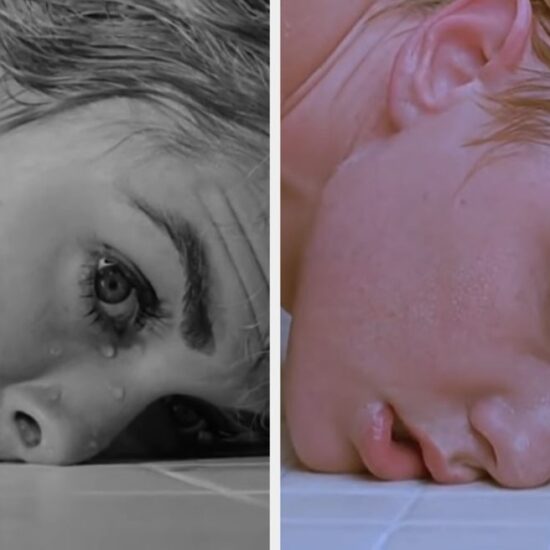
I’ve always liked Michael J. Fox and always will. I suspect most people feel the same way.
That’s surely partly because, as Marty McFly in “Back to the Future“ and Alex P. Keaton in “Family Ties,” Fox was a fixture of so many childhoods. But there’s also a way that Fox remains forever boyish — a charming pipsqueak, a plucky kid with a touch less confidence than he lets on. His sheer geniality and universal appeal has remained indomitable, even in the face of a degenerative brain disorder.
“I’m a cockroach,” Fox says in Davis Guggenheim’s glossy, entertaining and often affecting documentary, “Still: A Michael J. Fox Movie.”
In Guggenheim’s film, Fox recounts his life, career and arduous battle with Parkinson’s disease, with which he was diagnosed at age 29. The documentary, debuting Friday on Apple TV+, does this through candid on-camera interviews with Fox along with narration read by the actor.
And while there’s footage here of home movies, much of Fox’s life story unspools on screen. Along with bits of reenactment, Guggenheim uses clips of Fox’s film and TV series to illustrate his off-screen life.
And this is surprisingly effective, in part because Fox’s screen presence has always been so genuine. Actors aren’t the parts they play but I think they always exude something innate about themselves. And more than that, a surprising amount of Fox’s life has really happened in front of cameras. He met his wife, Tracy Pollan, on “Family Ties”; she played a love interest. His first symptoms came during the filming of “Doc Hollywood.” And for years after Fox’s diagnosis, he masked his increasing tics on “Spin City” by fidgeting with props.
But dramatizing Fox’s life like this can also feel like a shallow gimmick. Instead, the most memorable images in “Still” are those of a present-day Fox in frame, speaking straight into the camera. The effects of Parkinson’s are visible but so is the jaunty, self-deprecating actor we’ve always known. After the continual mussing with his still-handsome head of curls, Fox begs the primpers to stop. “At at certain point, it is what it is,“ he says.
Again, it’s hard to shake the feeling that the Fox we see on screen is the real him.
“Still” frames Fox’s story, maybe a little too neatly, as an arc from headlong movement to stillness. Fox’s rags-to-riches rise in Hollywood was meteoric and head-spinning. The Alberta-born actor landed “Family Ties“ while penniless and negotiated from the payphone of a Pioneer Chicken. From there on, it was movie deals, women and Ferraris.
The diagnosis knocked Fox sideways. The doctor, he recounts, laid out the odds: “You lose this game.“ But after a period of heavy drinking, Fox says the disorder, despite sending tremors through his body, made him more present, stiller. Pollan and their children are surely a big reason for that. Fox is never so endearing as when he’s extolling the level-headedness of his wife: “I could be the King of England and she would be her. I could be Elvis and she would be her.”
“Still” finally makes you realize that even Fox’s likability can be a burden. Being widely beloved while suffering through debilitating pain is another layer to his Parkinson’s journey, one rarely so intimately observed. When Guggenheim follows him out of his Upper East Side apartment in Manhattan, the difficulty Fox has just walking is as apparent as his abiding will to remain a man of good cheer. After a stumble near a fan on the sidewalk, Fox brightly jokes: “Nice to meet you. You knocked me off my feet!”
“Still: A Michael J. Fox Movie,” an Apple TV+ release is rated R by the Motion Picture Association for language. Running time: 94 minutes. Three stars out of four.
___
Follow AP Film Writer Jake Coyle on Twitter at: http://twitter.com/jakecoyleAP
JOIN THE CONVERSATION
does not endorse these opinions.













